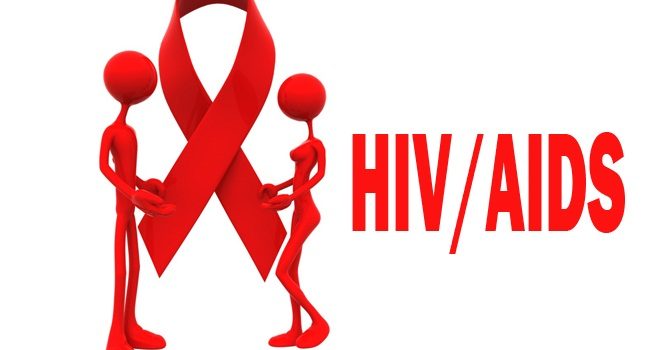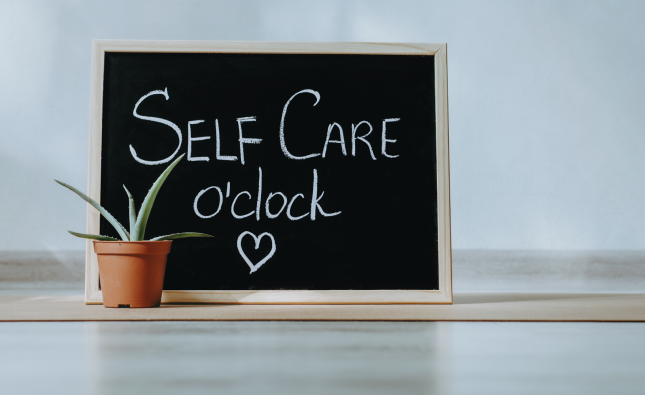
Introduction:
Welcome to “The ABCs of HIV/AIDS,” a comprehensive guide designed to provide a nuanced understanding of the causes, effects, and proactive prevention strategies surrounding HIV/AIDS. In this exploration, we aim to break down the complexities of this global health concern, fostering awareness, empathy, and a commitment to collective well-being.
1. The Basics: Understanding HIV/AIDS
Begin by unraveling the basics of HIV/AIDS – Human Immunodeficiency Virus and Acquired Immunodeficiency Syndrome. Understand how HIV weakens the immune system, making the body susceptible to various infections and diseases, ultimately progressing to AIDS. This section sets the foundation for a deeper exploration.

2. Causes of HIV: Unraveling Transmission
Explore the various modes of HIV transmission, emphasizing the importance of understanding how the virus is spread. From unprotected sexual contact to sharing needles, knowledge about transmission plays a crucial role in preventing new infections. This section aims to dispel myths and promote accurate information.
3. Effects of HIV/AIDS on the Body and Society
Delve into the physiological and societal effects of HIV/AIDS. Understand how the virus affects the immune system, leading to opportunistic infections. Simultaneously, explore the impact of HIV/AIDS on individuals, families, and communities, emphasizing the need for comprehensive support systems.
4. The ABCs of Proactive Prevention
A – Abstinence
Explore the concept of abstinence as a proactive measure to prevent the transmission of HIV. While comprehensive sexual education is vital, promoting abstinence as a choice empowers individuals, especially in high-risk populations, to make informed decisions about their sexual health.
B – Be Faithful
Encourage fidelity and open communication in relationships. This section highlights the importance of mutual trust, transparency, and commitment to reducing the risk of HIV transmission within monogamous partnerships.
C – Condom Use
Highlight the role of consistent and correct condom use as a barrier method for preventing HIV transmission. Emphasize that condoms not only protect against HIV but also other sexually transmitted infections (STIs), contributing to overall sexual health.
Informative Table: Common Misconceptions about HIV/AIDS
| Misconception | Fact |
|---|---|
| Only certain groups are at risk | Anyone can contract HIV, regardless of age, gender, or sexual orientation |
| HIV can be spread through casual contact | HIV is not spread through everyday contact like hugging, shaking hands, or sharing utensils |
| You can tell if someone has HIV by their appearance | Many people with HIV/AIDS show no visible symptoms |
| HIV is a death sentence | With proper treatment, people with HIV can live long, healthy lives |
This table addresses common misconceptions about HIV/AIDS, providing factual information to counter misinformation.
5. Beyond the ABCs: Testing, Treatment, and Support
Extend the conversation beyond prevention to encompass testing, treatment, and support. Promote the importance of regular HIV testing, early diagnosis, and access to medical care. Advocate for a stigma-free environment that encourages individuals to seek help and support.
6. Community Engagement: Fighting Stigma and Discrimination
Explore the role of community engagement in fighting the stigma and discrimination associated with HIV/AIDS. From educational initiatives to fostering empathy, community involvement is essential in creating an inclusive and supportive environment for individuals affected by HIV.
Conclusion:
As we conclude our journey through “The ABCs of HIV/AIDS,” remember that knowledge is a powerful tool in the fight against this global health concern. By understanding the causes, effects, and proactive prevention strategies, you contribute to building a world where compassion and awareness prevail over stigma. Let this guide be a catalyst for informed conversations, empathy, and a collective commitment to creating a future free from the impact of HIV/AIDS.










